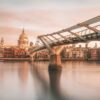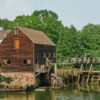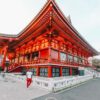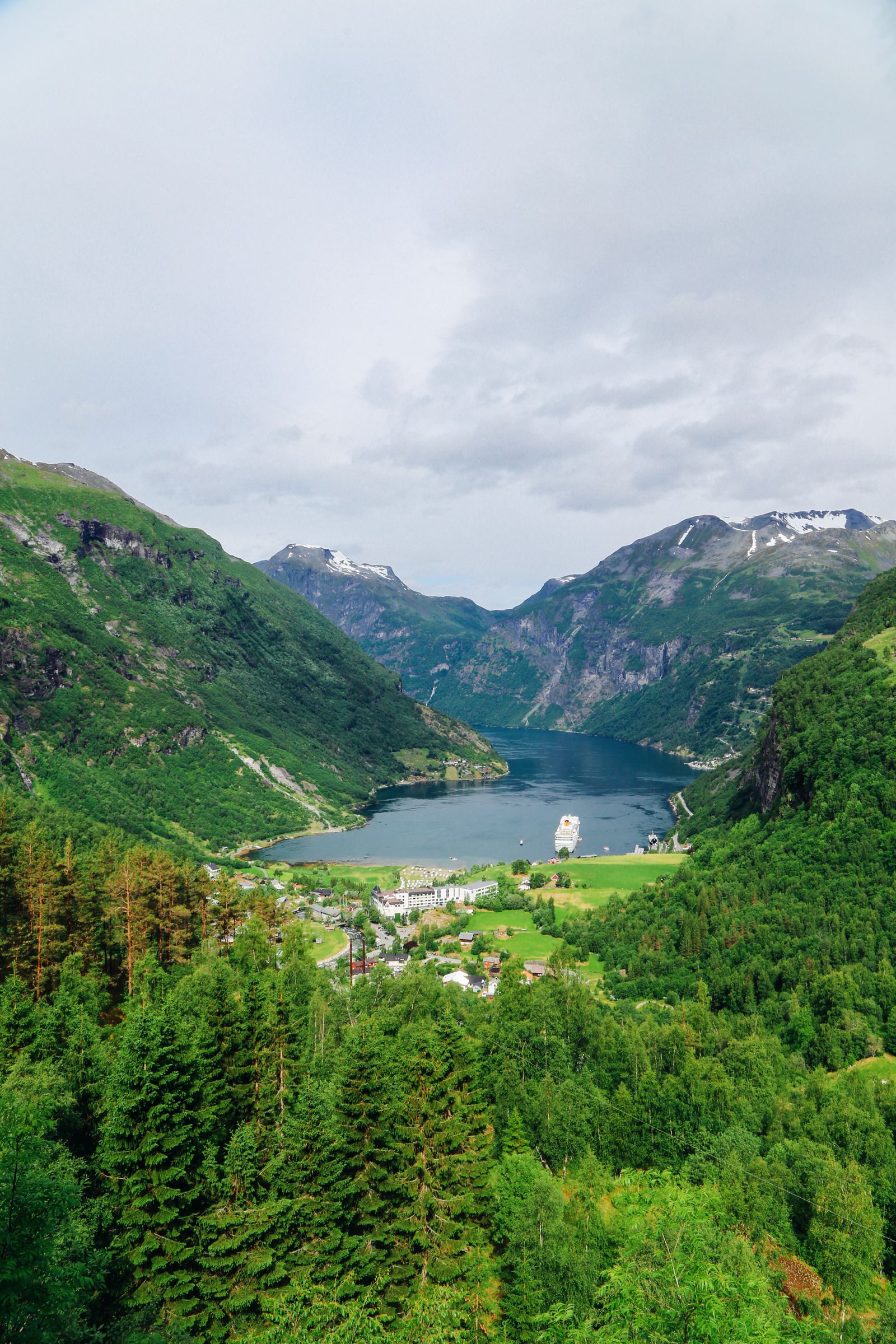Night time photography is the bane of many a photographer. To be perfectly frank, as beautiful as night time photos look, they tend to be one of the hardest types of photography to nail a.) because the rules vary considerably depending on what sort of photograph you’re after (for instance, Northern light photos require a totally different setting compared to say “night-time cityscape photos”) and b.) because the light or lack thereof makes it so much harder to get a decent photo without it being too blurry or compromising on the noise in the photos.

Now while there are certain specific settings to look out for depending on the scene you’re looking to photograph (most of which I’ll cover in dedicated posts like this one on the Northern Lights), there are some very simple tips that you need to pay attention to when you want to try to get great photos at night.
1.) The lack of lack means you will most likely need a longer exposure on your camera to get more light (and more detail) into your photo. As a result, to get a decent photo at night you will need a lot more time to take the photos than you would during the day. Look for your camera’s “Shutter Priority” and use this mode to increase your shutter speed to let more light in.

2.) You will need to find a stable base for your camera. You can’t afford for your camera to move in the slightest at night as the exposure tends to be longer (due to the increased shutter speed) so even the tiniest shake can end up leaving you with a blurry photo.
3.) Play around with the ISO. Try using an automatic ISO to start with and then work your way from there. This cheat sheet should help you figure out what to do with your ISO when you change your shutter speed.
4.) Don’t touch your camera just before you take a photo. Either invest in a remote or use the timer setting on your camera so your camera is stable before it attempts to take a photo.
5.) Be patient. Most cameras work a lot slower when using longer exposure so manage your expectations when you head out to take photos at night.
6.) Try to use stationary focal points in your camera (i.e. objects that won’t move). Even if your main subjects moves around, the fact that you have stationary objects in focus makes the photo all the more powerful rather than leaving it looking like a blurry mistake.
7.) Select your location properly before your try to take a photo. You’re bound to find it absolutely infuriating if halfway through a 30 second exposure on your photo, someone walk into the frame and ruins the photo for you. Make sure there are no distractions in your photos unless you want them of course.
If you’re interested in other photography tips, do checkout out photography archives for some other ways to help you improve and/or change your photography.
Check Out The Very Best Of Great Britain!




















